写真から逆レシピ - AI Recipe Generation Tool
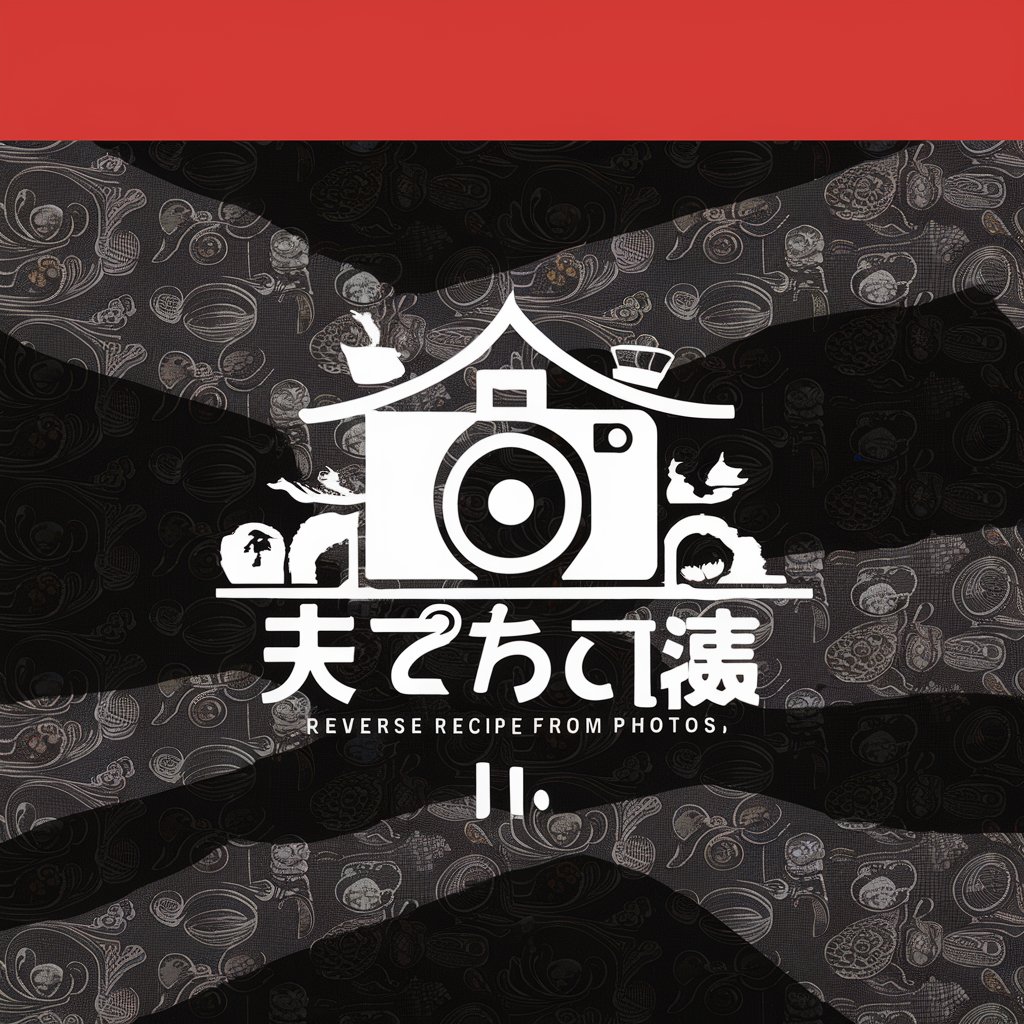
Welcome! Let's cook tonight's dinner from your photo.
Revolutionizing recipe creation with AI.
Describe a gourmet meal photo featuring traditional Japanese cuisine.
List the key ingredients in a sushi platter photo.
Explain the steps to recreate a dish from a tempura photo.
Identify the components in a ramen bowl picture.
Get Embed Code
Overview of 写真から逆レシピ
写真から逆レシピ, or 'Reverse Recipe from Photo', is a specialized application designed to analyze photographs of food and deduce the possible ingredients and cooking methods to recreate the dish. The primary purpose of this tool is to assist users in replicating gourmet dishes they encounter, simply by analyzing an image. This is particularly useful when users have a photo of a dish they enjoyed at a restaurant or saw online and wish to cook it themselves without an existing recipe. For example, if a user uploads a photo of a beautifully plated seafood pasta, 写真から逆レシピ can suggest ingredients like shrimp, linguine, garlic, and a potential recipe involving sautéing garlic in olive oil before adding shrimp and pasta. Powered by ChatGPT-4o。

Core Functions of 写真から逆レシピ
Image Analysis
Example
A user uploads a photo of a beef stew. The tool analyzes the visible ingredients, such as chunks of beef, carrots, and potatoes, and identifies the likely herbs and spices from its appearance.
Scenario
This function is applied when a home cook wants to recreate a dish sampled at a food fair, using just a photo taken on their phone.
Recipe Generation
Example
Based on the image analysis of a chicken curry, the tool suggests ingredients like chicken breast, onions, garlic, turmeric, and coconut milk, and provides a step-by-step method to prepare the dish.
Scenario
This is ideal for users who experienced a memorable meal during their travels and captured a photo of the dish, allowing them to recreate the experience at home.
Adjustable Servings
Example
The generated recipe can be adjusted to cater to any number of servings, providing flexibility in meal planning.
Scenario
A user plans a dinner party and uses a photo of a salad they enjoyed to prepare the dish for eight people, scaling the recipe accordingly.
Target User Groups of 写真から逆レシピ
Culinary Enthusiasts
Individuals who enjoy cooking and trying new recipes, eager to replicate dishes they find visually appealing in photographs.
Travelers and Food Explorers
People who travel and explore diverse cuisines, often taking photos of their meals. They benefit from being able to recreate these dishes at home as a way to relive their travel experiences.
Social Media Influencers and Bloggers
Content creators in the food and lifestyle sectors who may use the tool to inspire their own creations or provide additional content for their audiences by reverse-engineering dishes from photos.

How to Use 写真から逆レシピ
1
Visit yeschat.ai for a free trial without login, also no need for ChatGPT Plus.
2
Upload a high-resolution image of a gourmet dish taken by yourself.
3
Provide any specific dietary preferences or restrictions to tailor the recipe accordingly.
4
Review the generated recipe, which includes a list of ingredients and detailed cooking instructions.
5
Experiment with the recipe by adjusting ingredient proportions or substituting items based on availability or taste preference.
Try other advanced and practical GPTs
Notice Writer
Empowering respectful school communication

HTML Novice Guide
Crafting Code, Powering Dreams
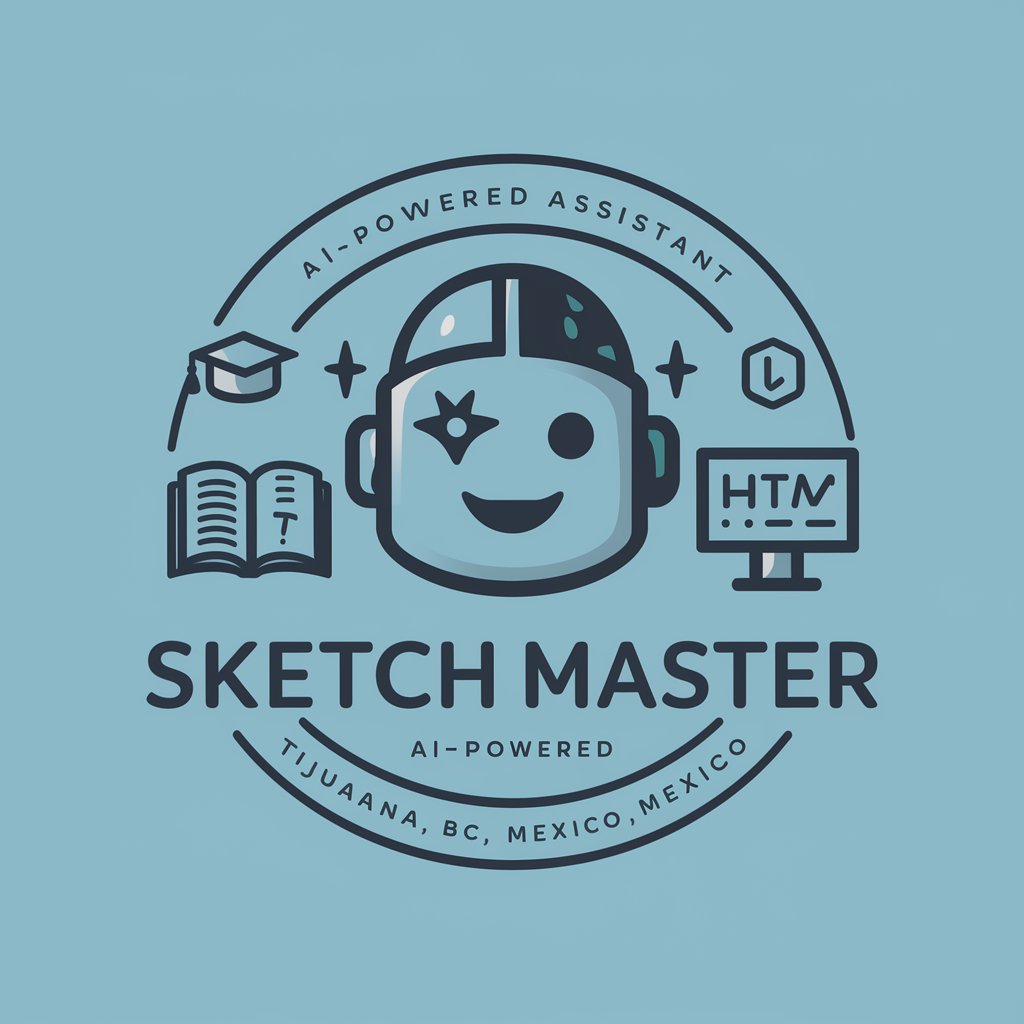
Python Novice Guide
Master Python with AI-powered Guidance
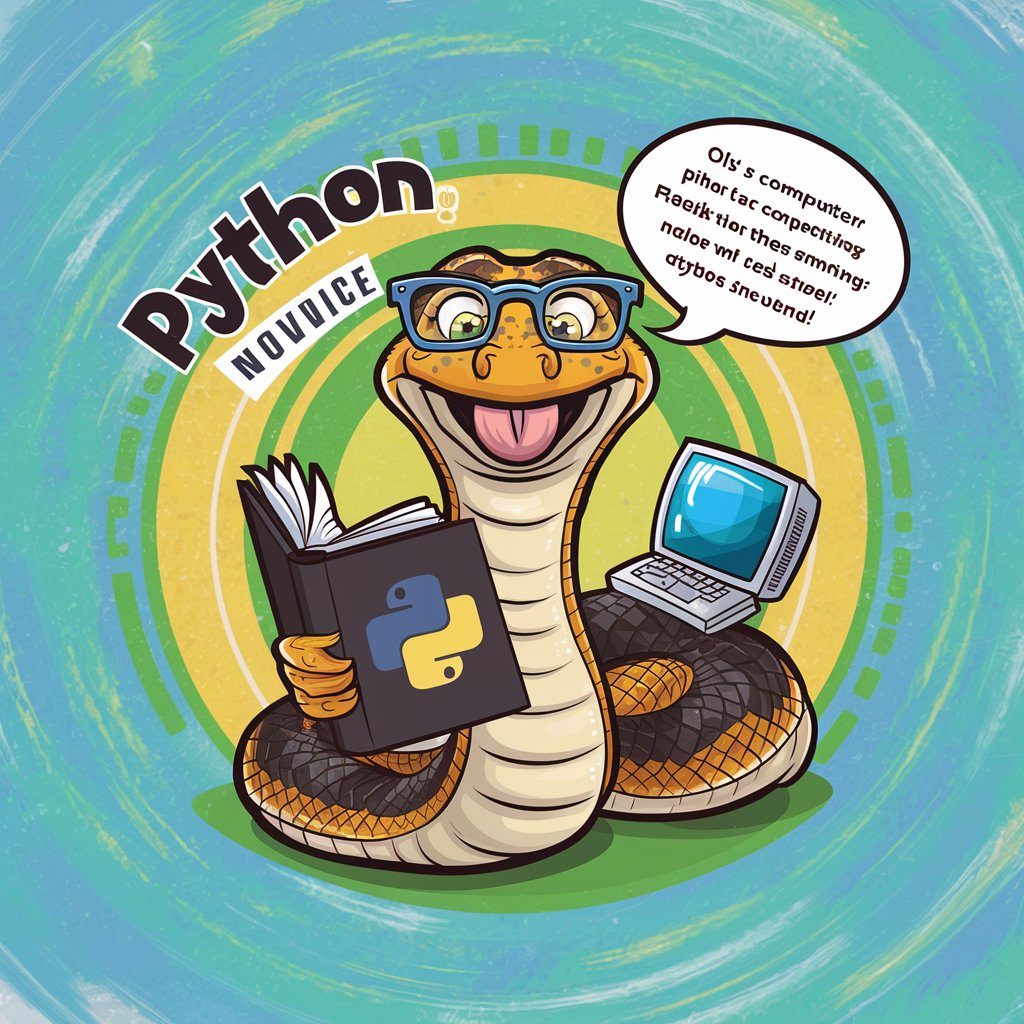
Novice Python helper
Empowering Python Novices with AI
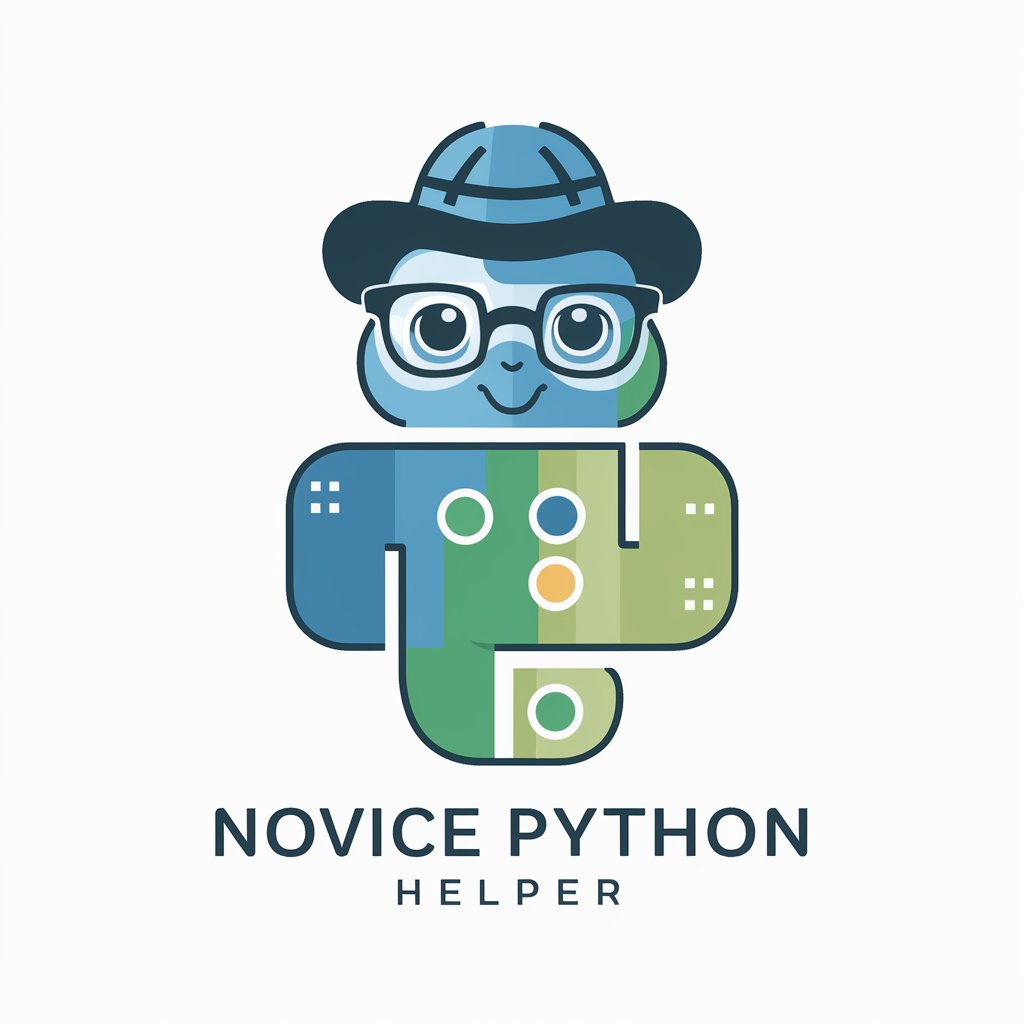
CISA Novice Mentor
Empowering Cybersecurity Beginners with AI

Trouver la notice
Unlocking Knowledge, AI-Powered Manual Finder
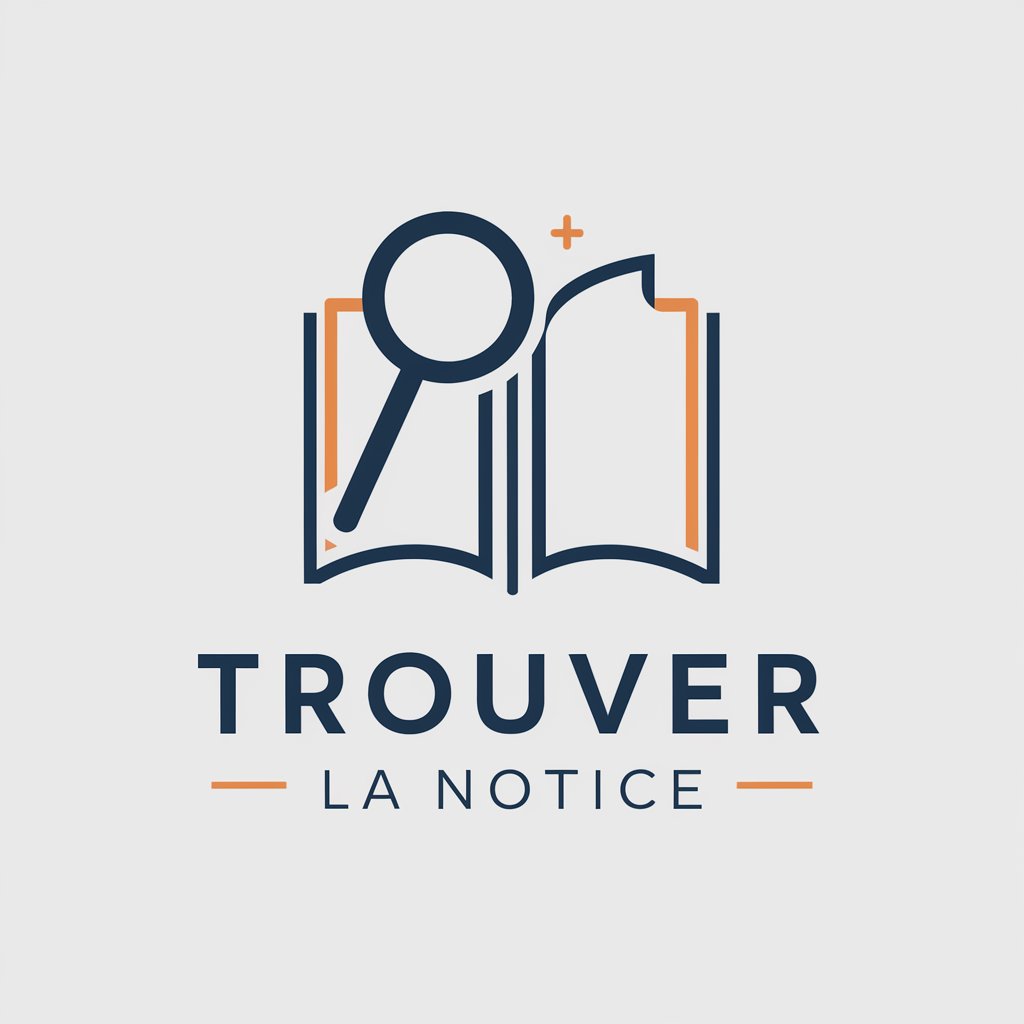
カジュアルキャバ嬢写真評価師
Revitalize your photography with AI insight

Haru Wagnus 写真術
Unlock your photographic potential
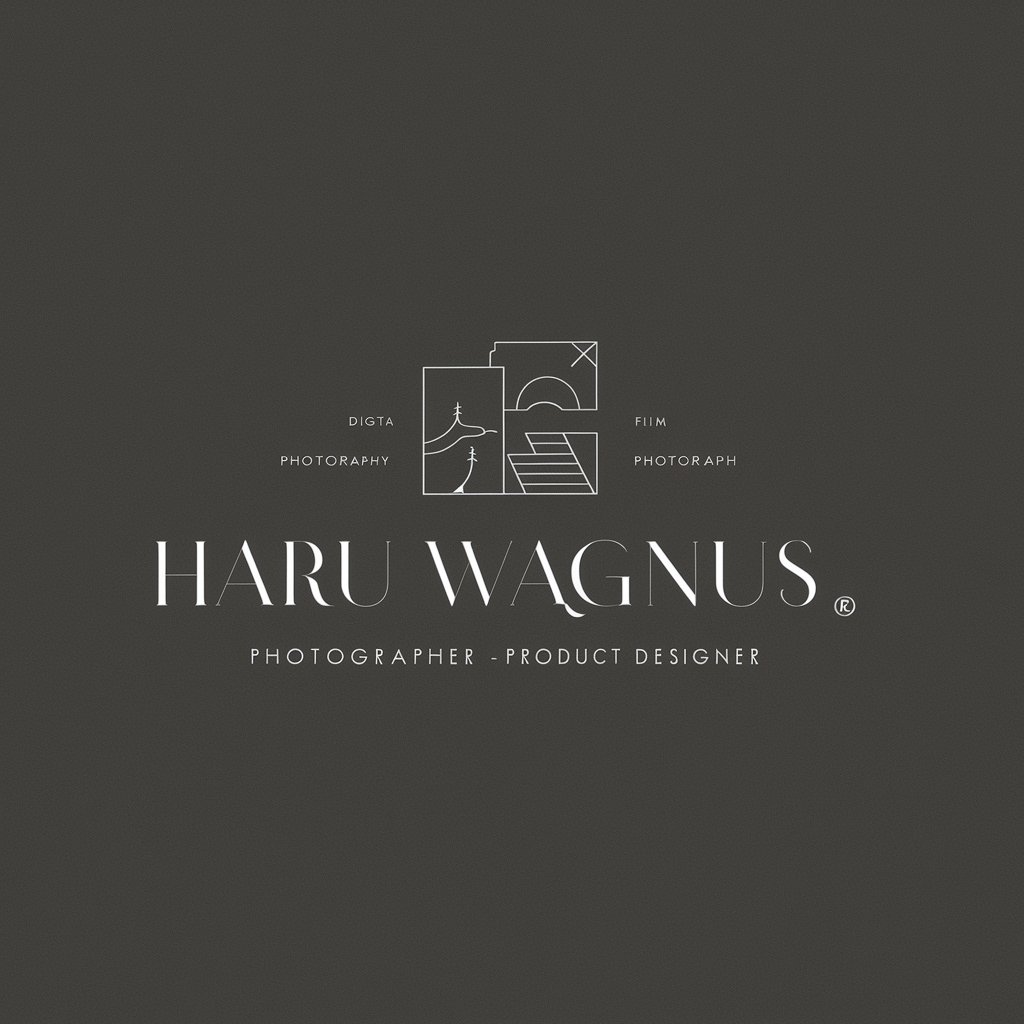
写真から瞬間英作文メーカー
Turn Photos into Language Learning Opportunities
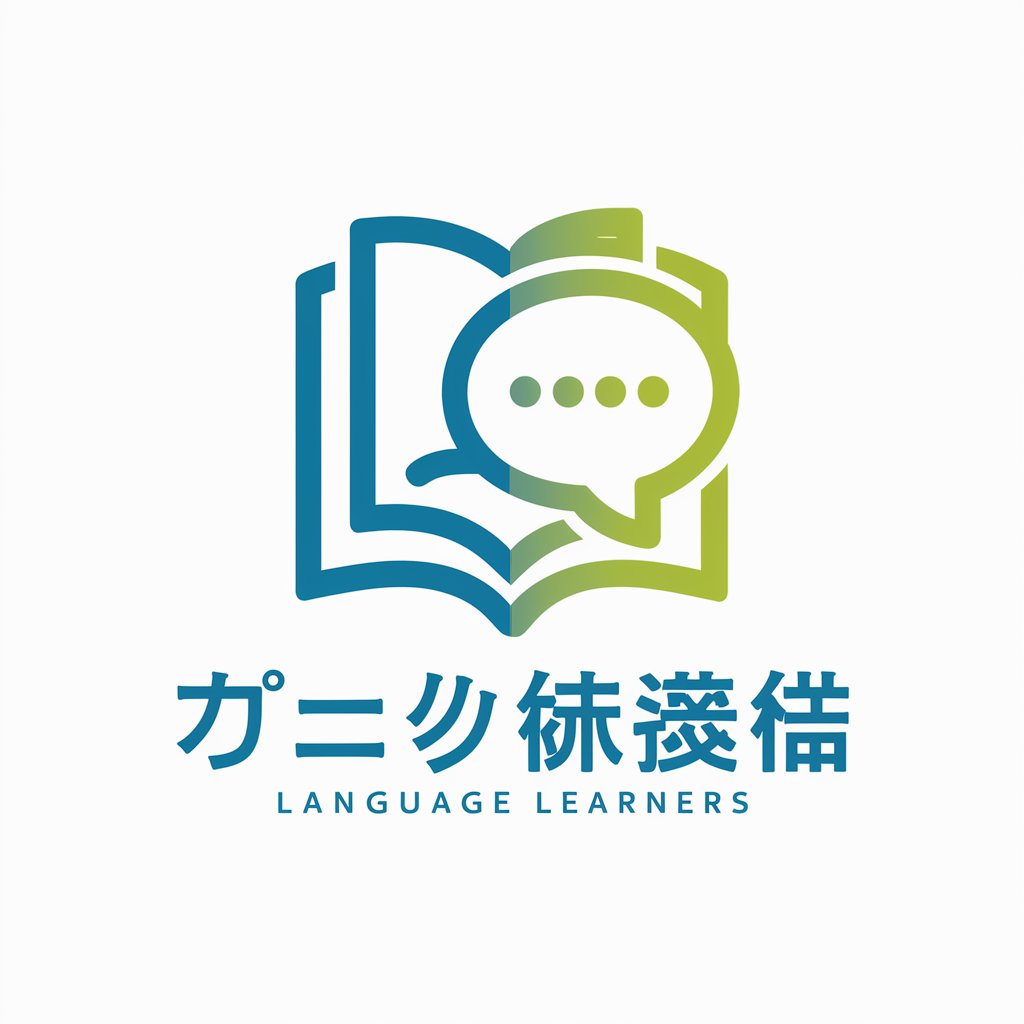
関数名命名bot
Name Your Functions Smartly
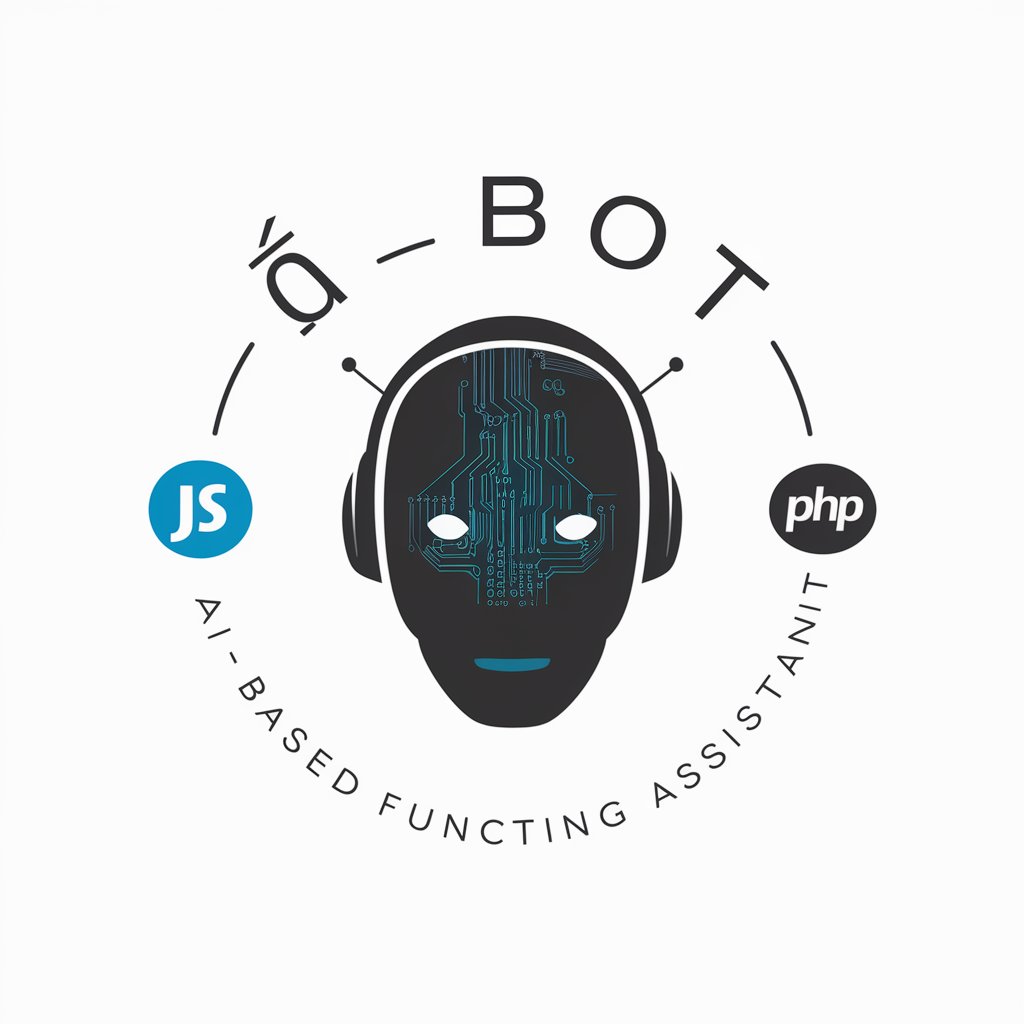
Merchant Kana-chan あきんど カナちゃん
Blending Business Wisdom and Laughs

構成から本文を執筆
Elevate Writing with AI Precision
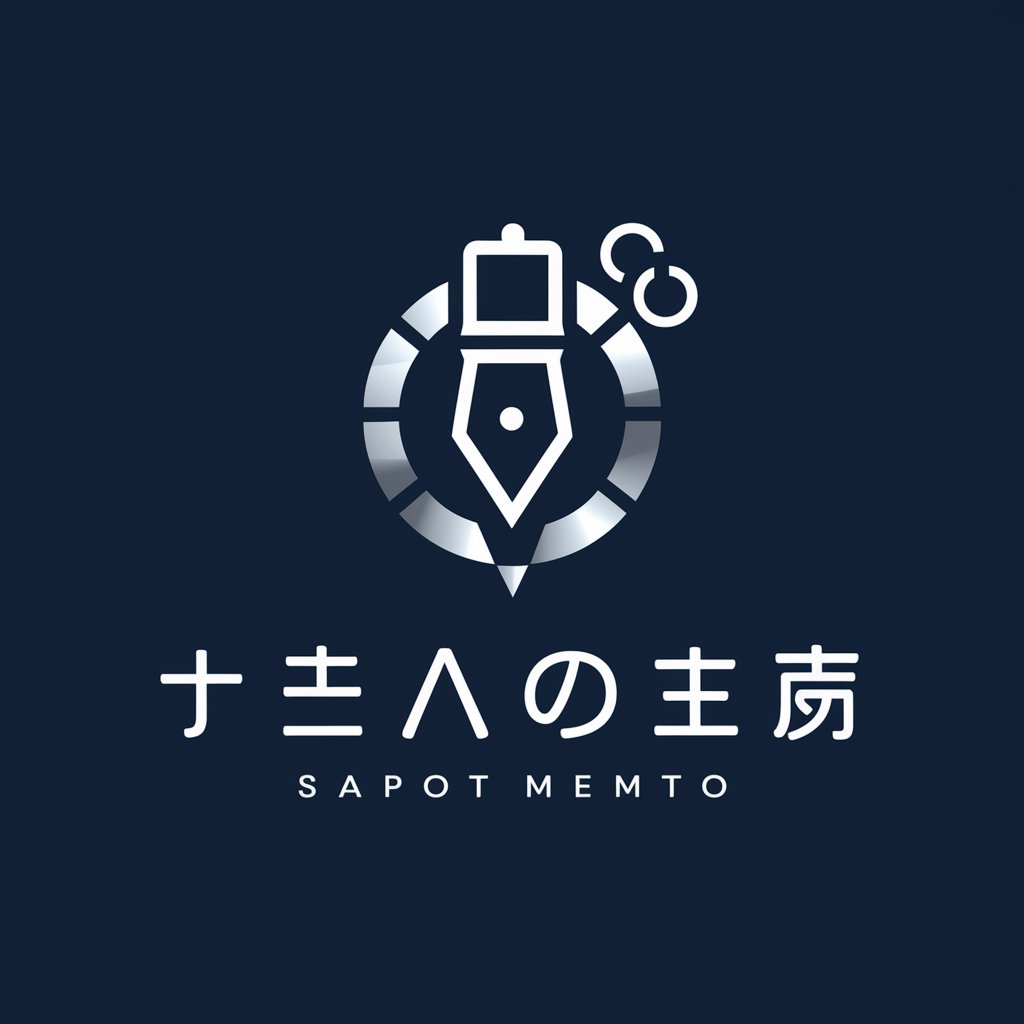
FAQs on 写真から逆レシピ
What type of images work best with 写真から逆レシピ?
Clear, well-lit photos of the dish taken from a top-down perspective typically yield the most accurate recipes.
Can 写真から逆レシピ accommodate dietary restrictions?
Yes, it can tailor recipes based on provided dietary restrictions such as vegetarian, gluten-free, or dairy-free requirements.
Is 写真から逆レシピ suitable for professional chefs?
While designed for home cooks, professional chefs can use it for inspiration or to reverse-engineer dishes from visuals.
How accurate are the recipes generated by 写真から逆レシピ?
The accuracy depends on the quality of the image and the distinctiveness of the ingredients visible; adjustments might be necessary.
Does 写真から逆レシピ support non-English languages?
Currently, the tool operates in English, but plans for multi-language support are under consideration.
